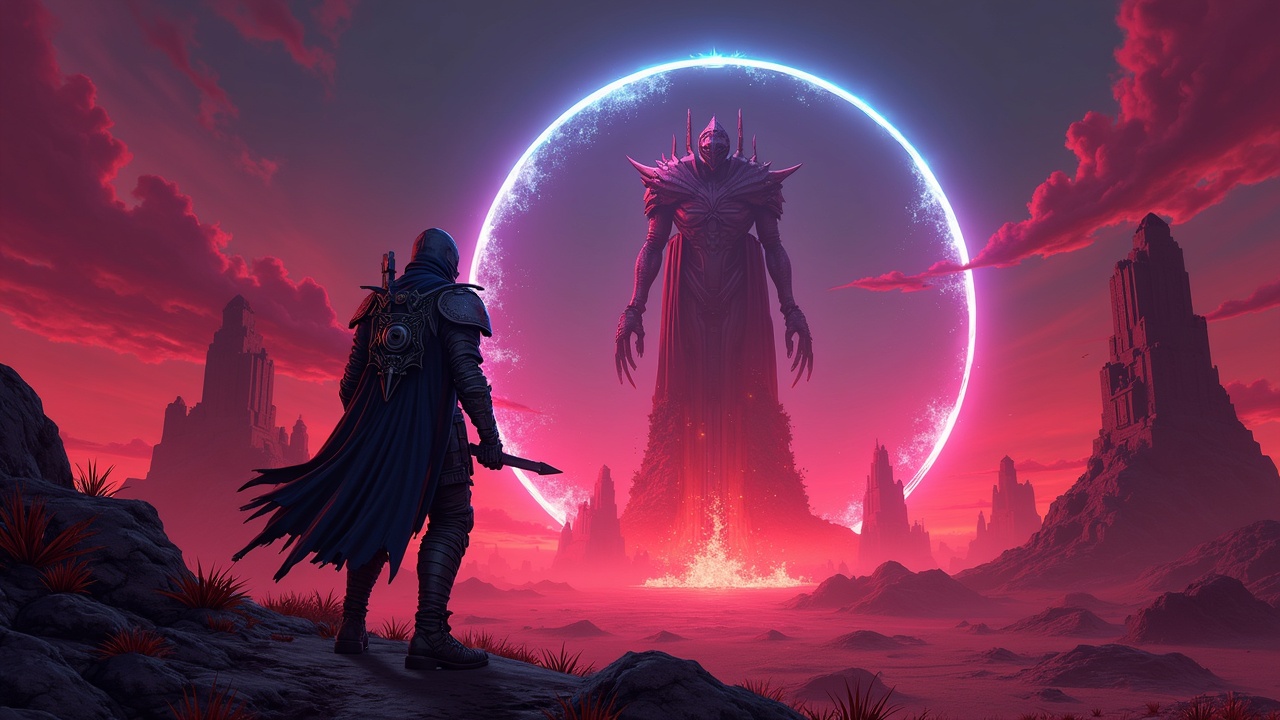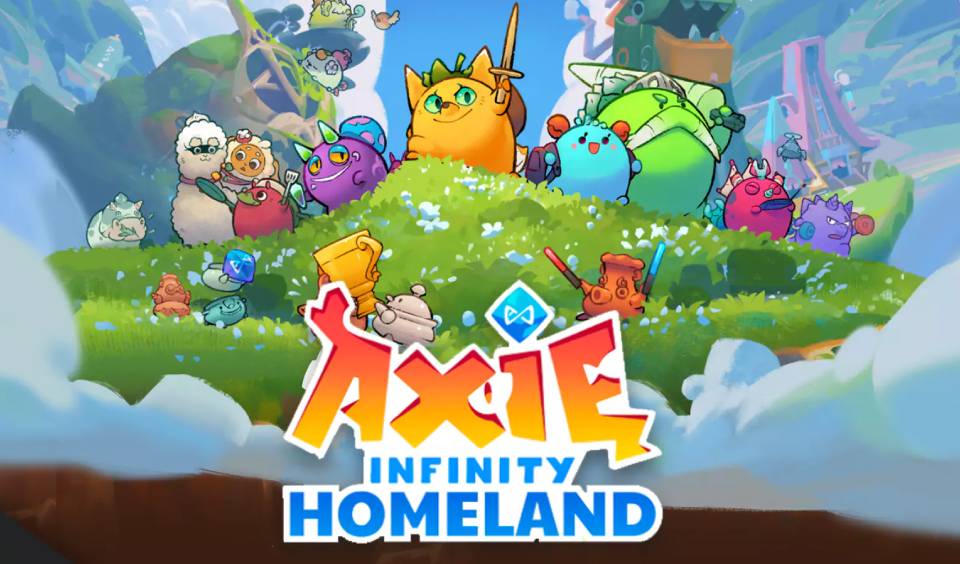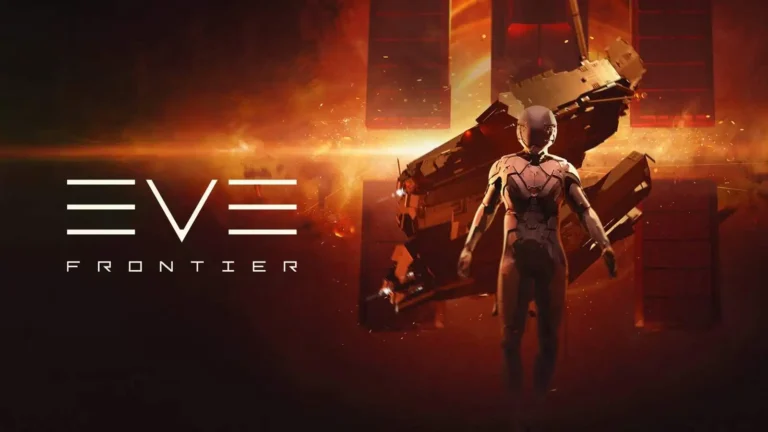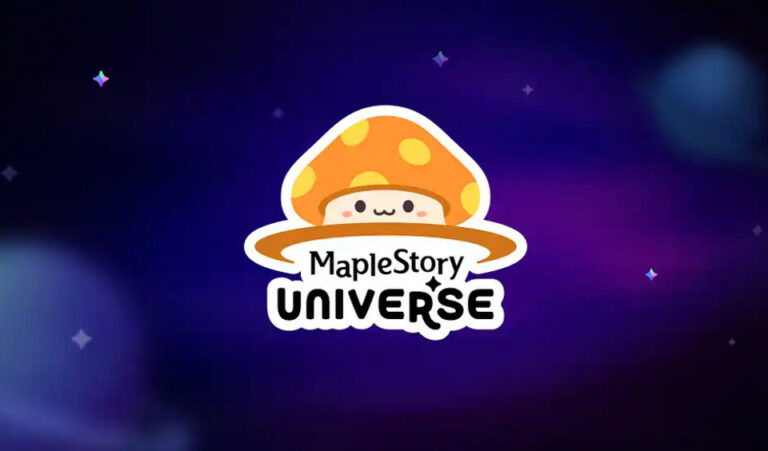TL;DR
- Season 4 launches with a USDT prize pool and new game mechanics.
- Yield farming provides early $VOG token exposure before its public launch.
- New fusion and burn systems offer more predictable in-game resource management.
Season 4 of Valley of Guardians starts on November 14, 2025 and runs until November 28, 2025, introducing a USDT prize, new mechanics, and the structural basis for the $VOG token. The update combines gameplay adjustments with direct economic incentives, giving players and treasuries clear signals about liquidity and tokenization pathways. The developer sets a USDT pot that starts at $6,000 and grows to almost $8,000 through participation and community spending, with rewards tied to progression and performance.
The prize distributes across three leaderboards: Damage Ranking, Chart Ranking, and Yield Farming Ranking. Yield farming allows players to accumulate early exposure to $VOG ahead of its public issuance. These competitive tracks establish short-term objectives while aligning incentives with the project’s long-term token strategy and its December milestones.
Season updates and progression mechanics
The update rebalances the attack system and adds a new boss and Guardian, encouraging diverse team compositions over simple power stacking. These changes promote experimentation and strategic depth across varied playstyles.
The team revised the fusion system to create more predictable results and reduce randomness when forming higher-tier Guardians. They also introduced a Guardian burn system that converts unwanted units into Guardian Coins (GC) or Guardian Shards (GS). A multi-burn option speeds up inventory management. GC and GS function as in-game currencies used for fusion and progression.
The update adds the Granny Wheel, a variable reward mechanic designed to raise short-session retention and maintain engagement. The project also increased the GS allocation for Chart Ranking, strengthening incentives for consistent participation and clarifying the value of sustained activity.
Operational definitions support the season’s economic structure: yield farming grants rewards for contributing resources or activity to the ecosystem; a Token Generation Event (TGE) refers to the initial public issuance of a token on the blockchain.
Tokenized economy and migration to Solana
The season acts as a prelude to full tokenization. The project opened a channel that converts Season 4 resources into $VOG before its TGE, scheduled for December 2025. The public presale will price the token at $0.003, with a fixed rate of 2 GS = 1 $VOG, linking in-game progression to on-chain exposure.
After migrating to the Solana network, $VOG will support staking and other on-chain features. The design includes burn mechanisms to create deflationary pressure on supply. These elements explain how value may accrue and how utility may evolve once integrated into Solana’s infrastructure.
For traders and treasuries, the key considerations involve access, risk, and modeling. The presale and the 2 GS → 1 $VOG conversion offer a straightforward exposure path for participants seeking early allocation. The migration introduces operational and liquidity risks, making custody, bridges, and TGE timing critical points. It is essential to distinguish between in-game currencies (GC/GS) and the blockchain token $VOG when modeling value and balance-sheet positions.
Season 4 functions as an operational bridge toward the game’s entry into Solana and the issuance of $VOG in December 2025. For institutional agents and treasury managers, the next key milestone is the migration and the Token Generation Event, which will define liquidity, access, and the effectiveness of the token’s deflationary mechanics.








